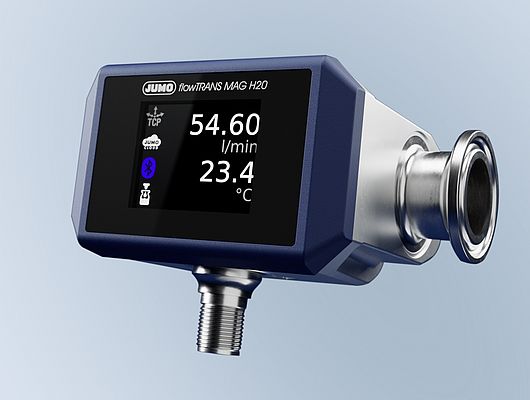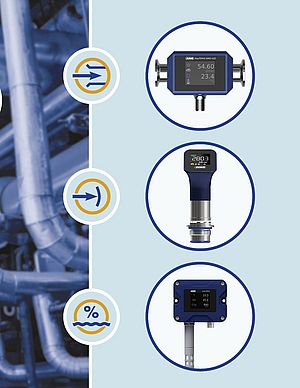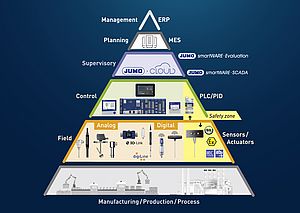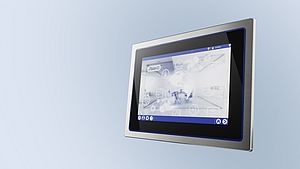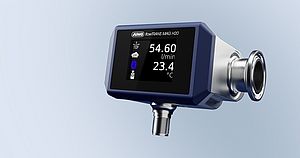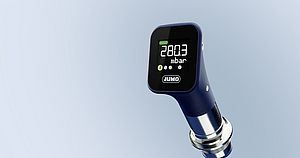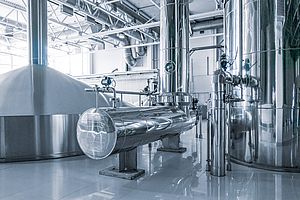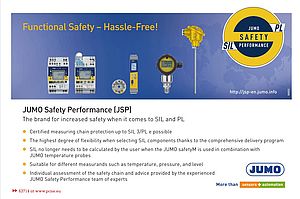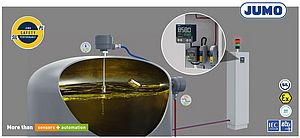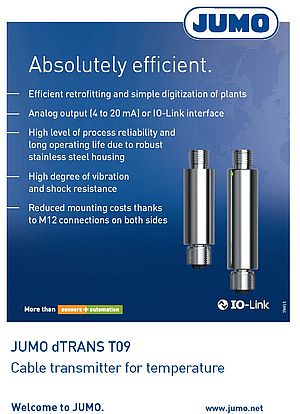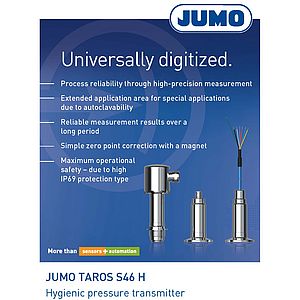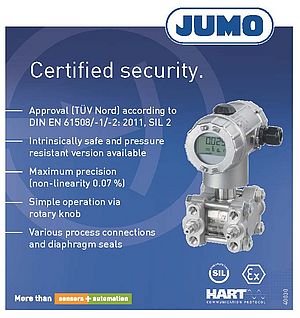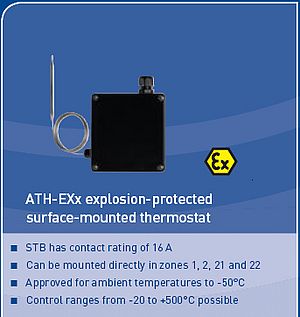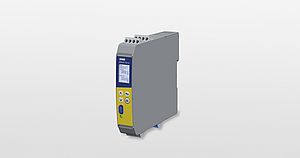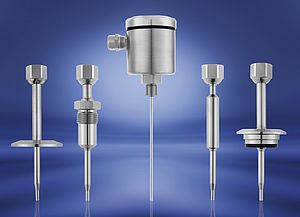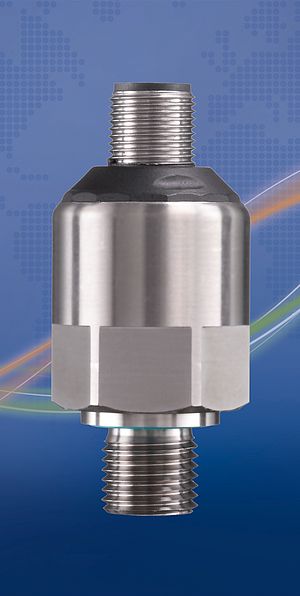Flow is one of the standard measurands in many different industries. As a result, many processes can be implemented depending on the applied measurement medium, the required accuracy, and the process conditions. JUMO already offers products for flow measurement that operate via differential pressure, the calorimetric measurement method, or the magnetic-inductive measuring principle. The new device uses the magnetic-inductive measuring principle and stands out with its high degree of accuracy. Its accuracy is +/- 0.5% of the measured value. An additional temperature sensor is already integrated. Due to such factors as its metal case and a Tri-Clamp process connection in nominal widths from DN 06 to DN 25, it can be used especially well in food-related areas along with other industries for which a G external thread is available. The nominal pressures can be up to PN 16 and the medium temperature up to 90 °C so that it can also be cleaned using CIP. Its IP65 / IP67 protection type makes the device a flexible partner for a wide variety of processes.
Integrated cloud connector
The HMI of the device consists of a TFT display on which 2 process values including the status and info messages are displayed. This device is configured locally via the Bluetooth interface and the JUMO smartCONNECT app. The SPE with PoDL interface uses the Modbus TCP protocol, which enables a continuous IP communication from the sensor to the automation system. An integrated JUMO Cloud connector simplifies the connection to the JUMO Cloud. Another variant is available with an IO-Link interface, which, as with the JUMO flowTRANS US W02, also allows other inputs and outputs.
The application possibilities are diverse and range from food technology to the dosing of food additives. This way, the application area ranges from small and medium-sized dosing stations to ancillary facilities and pump construction.


